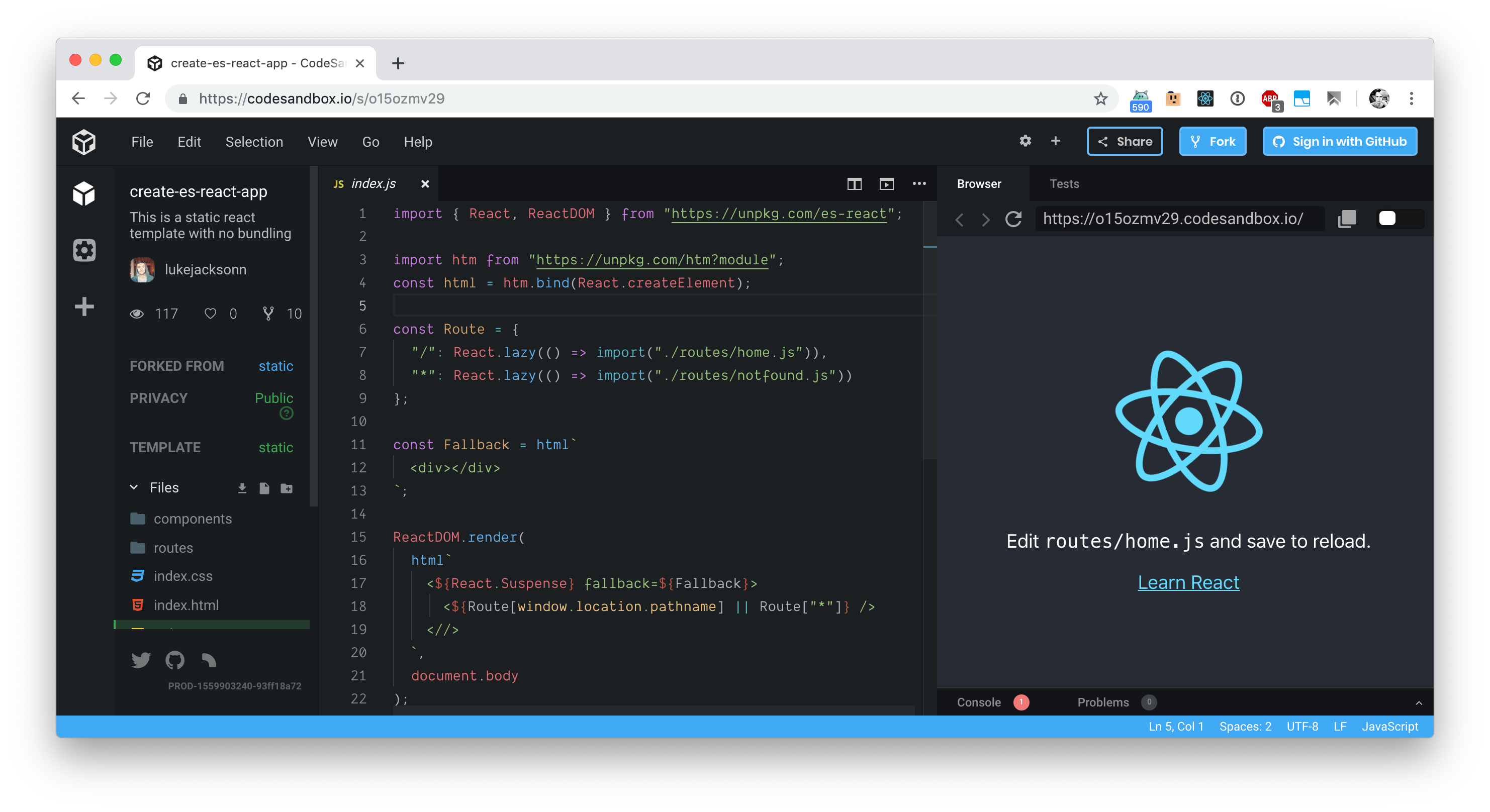

That to power the search experience using some simple JavaScripts.


The Profiler API for DevTools first got shipped in the 16.5 React version. Performance Measurements with Profiler API The examples make use of DOM APIs, but you can also use the React testing library. It contains common use cases and how act() can be used in each to write tests.
#REACT 16 UNPKG HOW TO#
But now in this new version 16.9 there is support for asynchronous functions, so you can await the act calls.įixes for the previous warnings were also included in this version, so all your warnings will disappear as you update your React version.Īlso the React team has invested some time into creating resources to help developers fully understand how to write tests with act() with the new testing recipes guide. In React 16.8, the only act support was for synchronous functions and there were some warnings that still showed up while using it. It is called act() and it helps developers write tests that match the various browser behaviors better.Ī good example is how multiple state updates inside a single act get batched, matching normal React behavior for handling browser events. In the last major release of React.js, a new testing utility was shipped. Now let us look into these new features: Async Act() It contains several new features, bugfixes, and new deprecation warnings to help prepare for a future major release. A host of dedicated community members makes life easier for developers, building an amazing user interface that has released the newest version: 16.9.0 (React now has over 100 releases).

React is one of the most popular JavaScript libraries around, with over 110,000 stars and over 2 million people using it on GitHub. In this post, you will be introduced to the newest version of React.js and all the deprecations that come with it, as well as general news about the future.


 0 kommentar(er)
0 kommentar(er)
